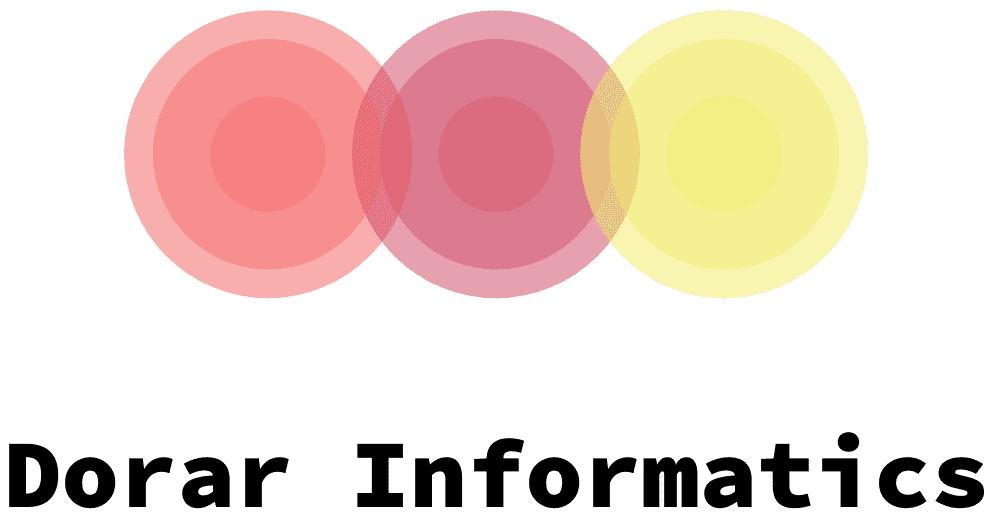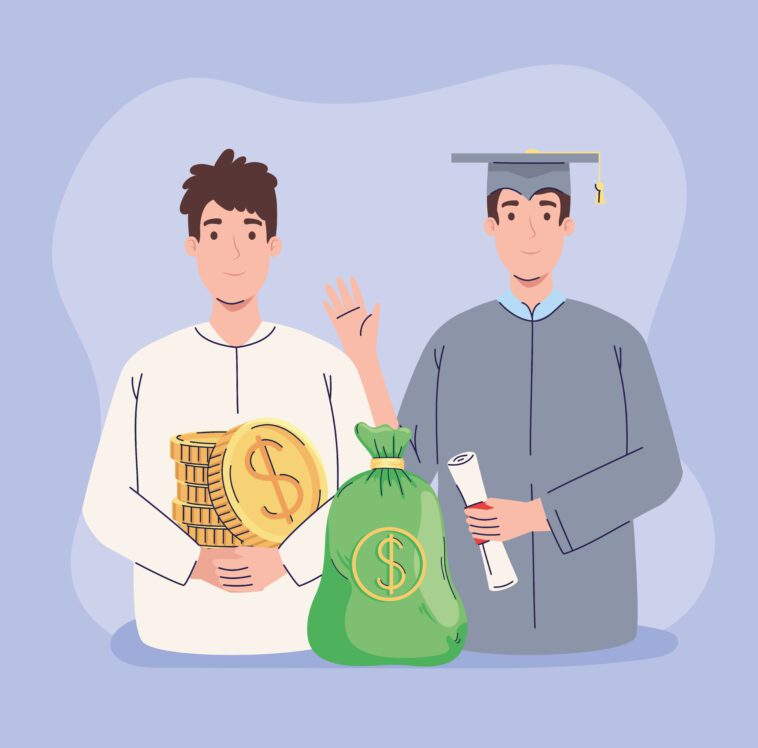A loans student is someone who has taken out a loan to finance education-related costs. They may take out either federal student loan or private loan.
Every loan type has its own specific terms, such as repayment options and interest rates. It’s essential to comprehend these details in order to select the most suitable loan for your requirements.
Definition
Student loans are debt obligations taken out to cover educational costs. These can either be federal or private loans and have different interest rates and repayment schedules.
Students use their loans to cover tuition, fees, books, room and board costs as well as other educational necessities. Many schools also provide grants or scholarships for those with financial need which can help cover some of the price of a degree.
It is essential for students to comprehend the terms of their student loans in order to make an informed decision about how best to finance school. Unfortunately, approximately 65% of borrowers fail to comprehend these details.
Before accepting any loan, students should thoroughly read all terms and conditions. This includes the interest rate, repayment plans, how it will affect their credit score, as well as implications for future goals and plans.
According to a study from the University of Missouri, students should carefully consider which student loan they will take out before college commences. Not understanding your options before signing on can lead to more harm than good in the long run.
There are several ways to avoid defaulting on a student loan, including making payments promptly and fully, maintaining good credit score, and seeking advice from a financial counselor or bankruptcy attorney. A borrower who defaults can lose their eligibility for future student loans and may be charged capitalization – an addition of unpaid interest to the principal balance – thus increasing total amount owed.
Purpose
The student loan program is a federally run initiative designed to assist students with financing their educational pursuits. It offers various loans, both federal and private, designed to cover tuition fees, room and board costs, books and supplies costs as well as other associated expenses.
There are two primary types of student loans: subsidized and unsubsidized. Subsidized student loans are available to those students who demonstrate financial need through their FAFSA application.
With a subsidized loan, the government pays the interest while you’re in school. Once you leave or drop below a certain number of credits, however, the loan starts to accrue interest again.
A student loan offers you several repayment options, such as the standard 10-year repayment term or extended payoff times that allow for lower payments over time. Payment rates depend on both loan amount and interest rate.
When taking out a loan, you’ll be required to sign a contract agreeing to repay it in full. You have two options: pay off the entire balance in one go or spread payments over more time (which costs more interest over its life).
Federal student loans provide additional loan payment options, including the Direct Consolidation program which consolidates multiple loans into one. This option can be especially advantageous for those with low credit scores or limited income sources.
Recent years, student debt has become a major topic of public discussion and reform proposals. Unfortunately, the rising cost of student loans has placed an immense burden on both federal budgets and economic security for many Americans.
Types
Federal student loans are a popular way for students to finance their educational expenses. Usually, they come with a six-month grace period after graduation before repayments must be made, making them more affordable than alternative loans such as private student loans.
The government offers student loan programs that give borrowers additional advantages, such as postponing payments until after graduation and borrower-administered deferment periods. These may be particularly helpful for students unable to make payments while in school or whose financial circumstances change abruptly after graduation.
In addition to the government’s student loan program, private lenders also offer their own student lending solutions. These loans may be obtained through banks, credit unions and other lending institutions.
Interest rates differ by lender, and are determined by several factors including your credit history and other indicators. Generally speaking, the higher your credit score is, the lower your interest rate will be.
There are various repayment plans that can assist borrowers in paying down their loans more quickly and conveniently. These include standard, extended, and income-based repayment arrangements.
Forbearance is a payment plan that permits you to postpone payments until certain conditions are fulfilled, such as illness or unemployment. While forbearance can extend your loan repayment term, it also increases the amount of interest you’ll pay.
When selecting a student loan, it’s essential to weigh all your options before making a choice. For instance, consider whether you would prefer fixed or variable interest rates; fixed rates won’t fluctuate throughout the loan term while variable rates can fluctuate based on market conditions. Furthermore, other features like repayment protections and prepayment penalties can have an impact on your financial situation as well.
Interest rates
Interest rates determine how much you owe on a loan, and they can have an enormous effect on your monthly payments. On average, it takes borrowers more than 20 years to pay off their loans, meaning even small changes in interest can add up quickly.
Congress sets federal student loan interest rates annually, and these remain fixed throughout the life of your loan. These rates apply to all students regardless of credit history.
Private student loan interest rates differ between lenders. They are determined based on an individual’s creditworthiness and may also be affected by larger market forces.
Though they differ, both federal and private student loan interest rates are projected to increase over time. The Congressional Budget Office has projected that federal student loan interest rates could reach as high as 5.511% for Direct Subsidized and Unsubsidized Loans to undergraduates, 7.06% for Direct Unsubsidized Loans to graduate students, and 8.06% for Direct PLUS Loans given to both graduate students and parents by 2031-32.
A lower student loan interest rate is always advantageous. You can achieve this benefit by making consistent, on-time payments and improving your credit score.
Another way to reduce your loan’s interest is by refinancing. Doing so could save you thousands of dollars in interest over the course of your loan.
Finding the appropriate student loan is critical, as it can help you finish your education and secure a job. Furthermore, having financial stability after graduation becomes even more secure with this type of loan. That being said, research all possible student loan providers and lenders to find one that meets your individual needs at low interest rates.
Repayment
Student loan borrowers have several repayment options to choose from. Each has a different monthly payment amount and how long it takes to pay off the loan – so it’s wise to research which one best meets your needs.
Generally, the standard repayment plan is the most advantageous for most people. This option lasts 10 years with fixed monthly payments; however, you may opt to pay a smaller amount that starts out low but then increases every two years.
If you are having difficulty making your regular monthly payment, consider applying for deferment or forbearance. Just be sure to consult your loan servicer first to make sure there aren’t any interest accrued during these periods which could add onto the total amount owed.
Consider an income-driven repayment plan, which pays a percentage of your discretionary income over 20-25 years. These arrangements can be an effective way to save money on student loans and qualify for loan forgiveness after making 120 qualifying payments.
Another option is to refinance your loans with a private lender, which could be advantageous if you’re ineligible for loan forgiveness or have an interest rate lower than what the government offers. But before doing this, make sure you consider other government loan forgiveness programs available, according to Randy Lupi of Equitable Advisors.
If you’re a loans student struggling to repay your debt, the Covid pandemic-era relief policy that suspended federal loan bills and interest from resuming has recently been extended until March 2020. However, if you already have an established repayment plan in place, this pause won’t impact payments.

